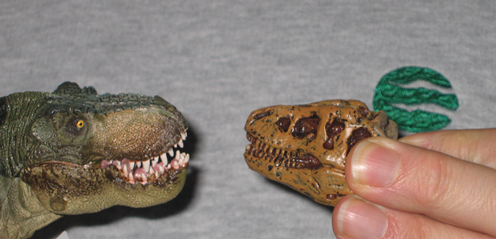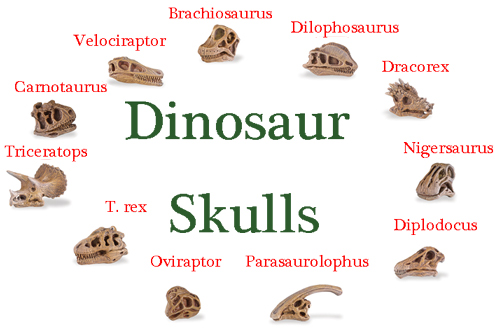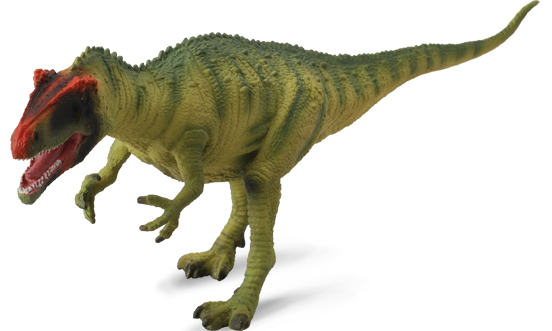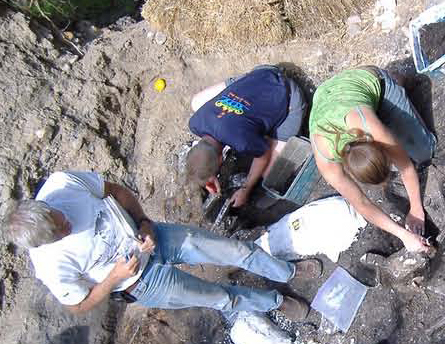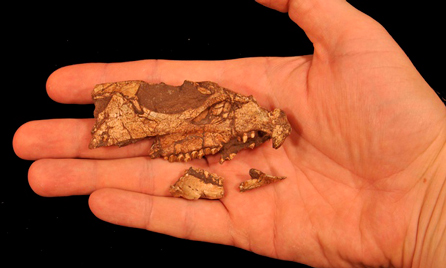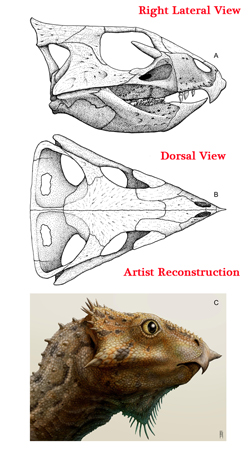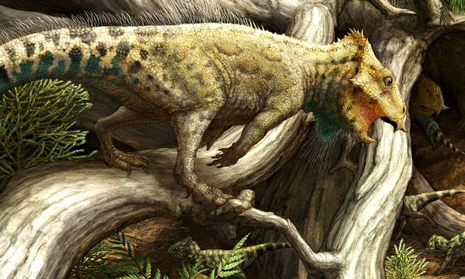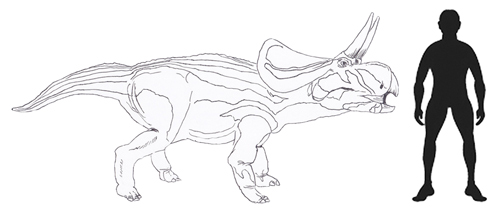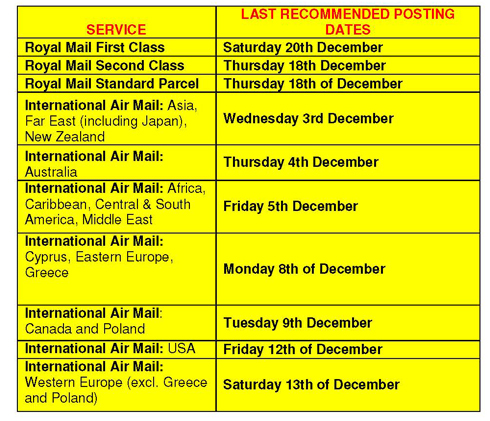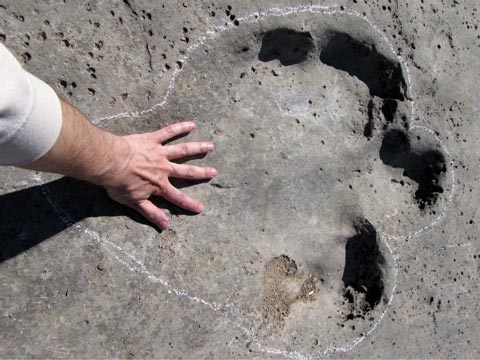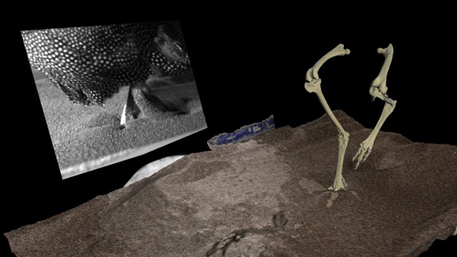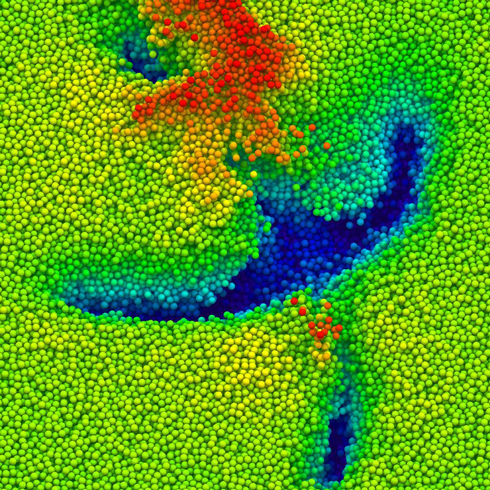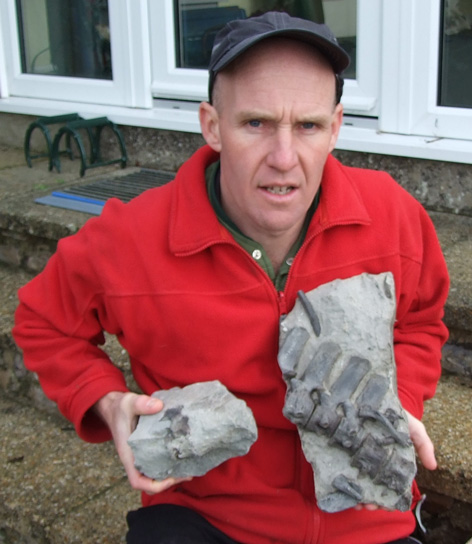Everything Dinosaur and On-line Shopping
Preparation and Careful Planning – Key to Keeping Customers Happy when On-line Shopping
With all the adverse publicity that some on-line retailers and courier companies have been receiving lately, we thought it appropriate to add our comments to the on-going debate about on-line shopping. One of the biggest concerns on line shoppers have at this time of year is whether or not their parcel is going to arrive in time. After all, nobody wants to let their loved ones down. We at Everything Dinosaur, have tried to follow the story as it develops.
Sales On-line
The huge spike in on-line sales generated by the “Black Friday” concept, which was then immediately followed by “Cyber Monday”, the growth in the amount of parcels that have to be handled by couriers and the postal network and so on. To be perfectly honest, we have not followed this story as closely as we should have perhaps, our excuse for this is simple.
Our priority at this time of year, is to pack and despatch customer’s orders as quickly as we can. We have been busy focusing on the needs of our customers, getting emails out to customers to assure them that we have received their order, preparing and checking orders and then despatching parcels.
Focusing on the Needs of Customers
For us, this is the same priority that we have every day. The Christmas period is no exception. We sell dinosaurs and prehistoric animals and a great deal of our business is all about ensuring that birthday gifts arrive when they are supposed to, that mums and dads (and grandparents for that matter), organising a dinosaur themed birthday party or some other prehistoric animal themed event are not put under any unnecessary stress as they prepare for it.
This is what we do and we have organised ourselves to ensure that customers come first and that we have enough resources in place, not just in the weeks before Christmas but throughout the year to ensure that we offer a very proficient service.
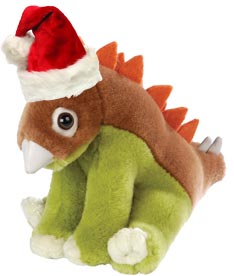
Even members of the Thyreophora celebrate Christmas it seems. However, customers need reassuring about on-line shopping.
Picture credit: Everything Dinosaur
On-line Shopping and High Demand
Many on-line retailers have complained that “unprecedented demand” has led to delays. Courier companies such as Yodel have had to stop collections as it struggles to reduce the backlog of orders.
In a statement sent to clients of Yodel, the company’s executive chairman, Dick Stead said that “Black Friday” and “Cyber Monday” had exceeded all analysts’ expectations and in many cases orders for UK retailers were double the previous record level set last year. That may be all very well, and we sincerely hope that companies like Yodel can resolve their problems, but what we find perplexing, is that it is the retailers themselves who have caused the spike with all the hyperbole surrounding their so called “Black Friday” special offers.
Putting Together Plans to Help our Customers with On-line Shopping
For us, retail is simple, we offer great value all year round. We try to price our goods and services as competitively as we can and we began planning for Christmas sales back in the summer. It just seems common sense to anticipate high demand in the run up to Christmas and to put together a plan to ensure that the increased volume of orders can be handled.
On-line Shopping
As a team we took some simple, practical steps:
- All non essential meetings with suppliers, contractors and other support teams were postponed from November onwards. Things could be handled over the phone or via email, but face to face meetings taking us away from the “coal face” were suspended.
- We initiated a plan for Saturday collections, so that orders did not pile up over the weekends which could have led to delays on Monday and Tuesday the following week.
- We all work long hours anyway, but we increased the time available for managing customer emails, handling enquiries, responding to queries so that there was more time available each day to deal with the increased flow.
- Packing of parcels became a seven-day operation with preparing and checking of parcels taking place each day. In this way, we could ensure that no backlog was built up and that we could handle increased volumes.
- Less important areas of the business were temporarily suspended so that more time and resources could be dedicated to managing orders.
- We had been in touch with Royal Mail and our couriers to ensure that they were aware of our needs in plenty of time and that we had enough materials available such as mail bags, labels, posting ties, parcel trays and so forth to cope with the likely higher volumes.
- Steps were taken to ensure personnel are available to handle the increased number of phone calls that were likely to occur over the run up to Christmas.
It is hard work, but over the years we have seen our business grow and in order to continue to flourish, we have to make sure that our customers get the support that they deserve. We ask ourselves a very simple question “If we were the customer, how would we like to be treated?”
Of course, there are things that you can do if you are purchasing on-line to help ensure that your parcels arrive on time.
How to Help an On-line Retailer
- When placing an order, do check that you have provided the correct delivery address and where appropriate the correct postcode.
- Provide an email address so that you can be contacted, check that the email address is correct so that speedy communication between you and the retailer can be established.
- Think about delivery, can the parcel be left with a neighbour or in a safe place if you are out? Everything Dinosaur provides a message box during the check out process which enables customers to provide additional information.
- If you have concerns about a delivery or if you simply want advice, telephone the company or send an email. How efficiently the email or phone call is handled can often provide you with information about the supplier.
- When purchasing clothing or other items that require size measurements, do check that you are ordering the right size in the first place, if items have to be re-sent this could lead to parcels arriving later than originally planned.
- Look at and review the last recommended posting dates as published by Royal Mail and other parcel handling companies. Everything Dinosaur publishes this information on this blog and elsewhere on its social media platforms – to view the Royal Mail information: Last Recommended Posting Dates for Christmas 2014.
- Choose the appropriate postal option, for example, opt for First Class over Second Class post as you get nearer towards Christmas.
- Last but not least – try to order early for Christmas don’t be like some retailers, get organised early and this will make a big difference, much less worry for one thing.
Helping Customers
Of course at Everything Dinosaur, we can only do some much, once a parcel has been despatched we are reliant upon the mail network and couriers to do their bit. Parcels do get delayed from time to time. Parcels do go astray, however, our customers can at least be assured that we have done everything we can to pack and despatch their order as quickly as possible.
Whilst writing this post, I was asked to stop for a few minutes so that I could check over some orders with a colleague, happy to do so. The priority is to pack and despatch. In addition, I was called to the telephone to help a caller place an order for a Woolly Mammoth soft toy for her daughter – all sorted.
Checking Emails
The incoming emails have been checked every few minutes and a “bounce back” from a customer was responded to. We emailed this morning to confirm safe receipt of a telephone order, but the email did not work. However, one swift telephone call to the customer later, all is sorted, correct email address provided, delivery address checked and the parcel is already prepared for packing.
On Its Way – Woolly Mammoth Ordered and Ready for Despatch
Picture credit: Everything Dinosaur
To view Everything Dinosaur’s extensive range of soft toys: Prehistoric Animal Soft Toys.
Our team will be in the office right up to Christmas day, it is our intention to keep up with the orders and to ensure that all our customers have a Happy Christmas… at least in terms of their dealings with Everything Dinosaur.



